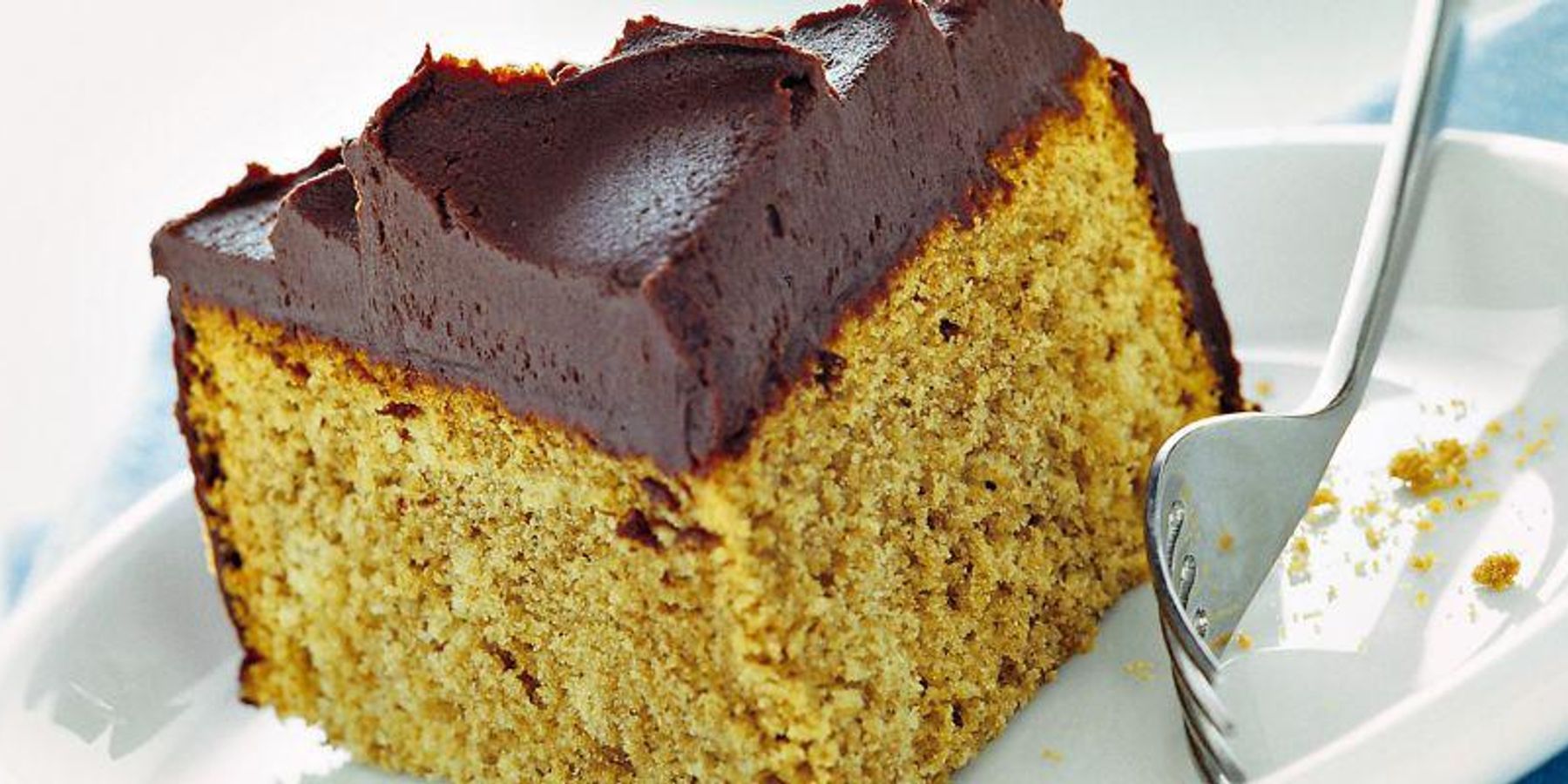
Better the rock salt or the salt obtained from the salt pans? And the iodized one is good for everyone and on all occasions? What properties do the colored salts that come from the most exotic areas of the plant have? And are low-sodium grains good for everyone? What is the most suitable salt for not losing flavor while reducing the quantity? Below are the answers
Today it is so usual and cheap that it is considered nothing more than a commodity. But for centuries it has been the most precious of foods, an irreplaceable preservative and also a good of such high symbolic value as to seal, in the Bible, the relationship between man and god. On the salt empires and legends have been built, taxes and economic relations, trade routes and trades, which have made it reach our days. Yet, despite its long history and centuries-old presence in the kitchen, we consumers of the third millennium still have a lot to discover about salt. Here are 5 things that (probably) will amaze you.
1) Rock salt is purer than sea salt
The common salt that is found on the market is rock salt, ie mine salt, extracted from large underground deposits. It is the purest salt, because in nature it already contains the highest percentage of sodium chloride, which becomes even more relevant after refining when it can reach 98%. Instead, sea salt is obtained in the salt flats, from the evaporation of sea water. Naturally it preserves many trace elements and mineral salts (such as copper and zinc) but with refining they are largely eliminated.
2) The iodized salt should be used raw and consumed quickly
It was the first widely distributed enriched product in Italy and was born for a noble reason: to fight the iodine deficiency that unites 55 out of 100 Italians by helping them to introduce more iodine every day through their diet. For this reason, the choice fell on a condiment so common on the table of young and old. Each gram of enriched salt provides 30 micrograms of iodine, equal to 1/5 of what an adult needs to take every day.
The iodized salt is therefore nothing more than common kitchen salt to which iodine salts have been added. This does not change its appearance, taste or smell. Therefore, using it instead of common salt is a simple and "painless" way to take care of your health. Provided we use iodized salt in the right way: that is, in moderation, since we consume double the recommended salt, and raw, because with high temperatures molecular iodine is produced, which, by sublimating, is dispersed in the air. Furthermore, to avoid iodine losses as much as possible, it must be stored in a cool place, away from light and humidity, and consumed quickly, without leaving the salt shaker open for a long time.
3) Exotic salts are beautiful but they are not superfoods
The pink one of the Himalayas and the black one of Cyprus, the blue of Persia and the green of Hawaii, the Indian violet and the white of Bali: in recent years the world of salt has been filled with the colors and aromas of exotic salts, which they reflect in their grains centuries of history of the lands from which they come. Thanks to their colors they are definitely protagonists on the table and certainly not supporting actors like the humble rock salt: they are extraordinarily decorative and give character to recipes and cocktails and give an exotic allure to every dish. But they are not superfoods and cannot boast healthy properties because the quantities of minerals and trace elements they can provide, given the low consumption, are really negligible.
4) Low-sodium salt is not for everyone
In this product, often called a "salt substitute", a part of sodium (usually about 1/3) has been replaced by other minerals such as potassium and magnesium. In this way the quantity of sodium is reduced to less than 13.6% (compared to about 40% of classic sea salt) while the contribution of other important minerals rises. This does not mean that they are recommended to everyone: low-sodium salt was created for those who must follow a low-sodium diet, such as hypertensive people, and can be used without problems by healthy people. Instead it should be evaluated with your doctor if you have kidney disease, diabetes, or are taking medications that decrease potassium elimination.
5) Whole sea salt is more "powerful"
The whole sea salt does not undergo any refining process, and therefore does not see its wealth of mineral salts and trace elements affected, even if the quantities of these substances remain irrelevant to human health. Furthermore, unlike what is often believed, it is not rich in iodine: the Istituto Superiore di Sanità states that the iodine content of whole sea salt is negligible. But the mix of components that characterizes it means that it has a more decisive flavor: a nice help to use less, without losing flavor. Another peculiarity is that it tends to remain wetter because after harvesting, the whole sea salt is not washed or centrifuged.






